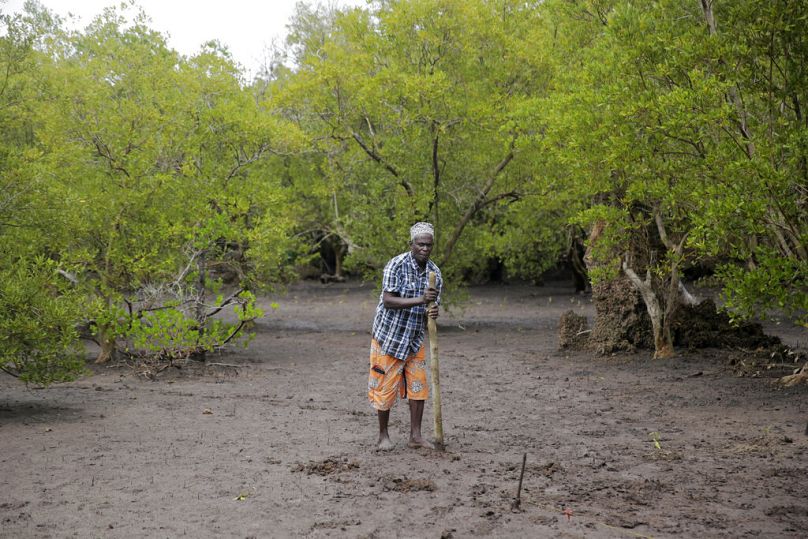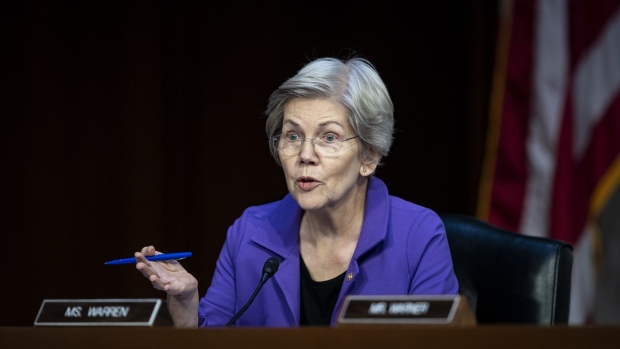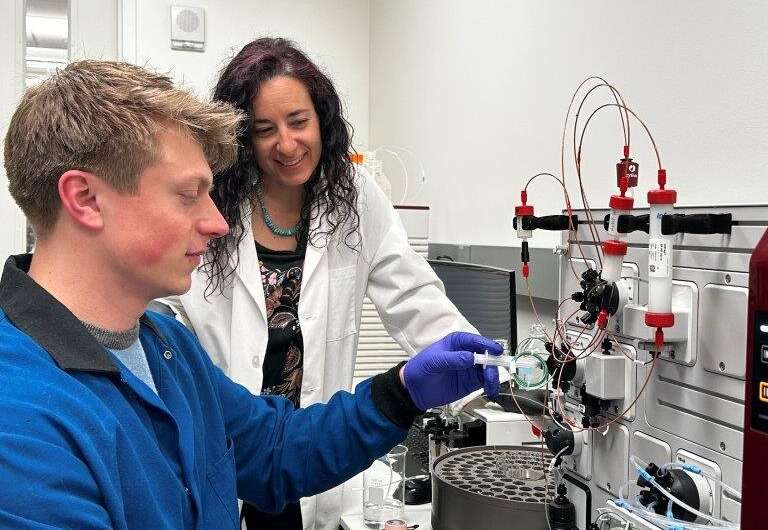By Mike Scott
With few companies having credible plans for the low-carbon transition, the UNFCCC's review of progress since the Paris Agreement will be a wake-up call, reports Mike Scott
The drivers for companies to decarbonise are intensifying all the time and 2023 will see the emergence of yet another one.
Just before the COP28 climate conference starts in Dubai, the United Nations will publish its first “global stocktake”, the result of a two-year assessment of how nations are doing in their efforts to tackle climate change, which began at COP26 in Glasgow.
The United Arab Emirates, which is hosting COP28, has indicated that the stocktake, which was set up as a five-yearly review of progress under the Paris Agreement, will be a key priority of its presidency. According to the World Resources Institute, the review aims to answer three vital questions: where are we, where do we want to go and, most critically important, how do we get there?
We already know broadly where we are. In March the Intergovernmental Panel on Climate Change is due to publish its latest Synthesis Report, which summarises all the scientific reports it has published over the last six years. This will highlight just how far off-track we are, reinforcing last year’s U.N. Environment Programme’s Emissions Gap report, which stated that the policies that are currently in place put us on track for 2.8C of warming.
Nothing indicates that countries are prepared to do what we need to do to meet the 1.5C target
As COP28 president, Sultan Ahmed Al Jaber told last month’s Abu Dhabi Sustainability Week conference: “We don’t need to wait for the stocktake to know what it will say. We are way off track.”
U.S. climate envoy John Kerry was similarly downbeat. “We need to be blunt. Nothing indicates that countries are prepared to do what we need to do to meet the 1.5C target.”
It may seem like an arcane piece of the climate policy machinery, but experts say the global stocktake could be the catalyst for a significant acceleration in the race to decarbonise the global economy.

UNEP’s Emissions Gap report warns current policies put us on track for 2.8C of warming.
To have a chance of meeting that target, emissions must fall by 45% by 2030, and the stocktake will be a crucial tool in persuading countries to ratchet up their climate ambitions. “It serves as an opportunity to provide guidance as well as to demand greater action, accountability and collaboration to address the challenge,” says Adam Savitz, sustainability director at Johnson Controls.
The exercise will highlight what measures are working and what are not, says Kiryssa Kasprzyk, senior manager for climate policy at Conservation International, “and there will be specific, actionable recommendations for no-regrets options” such as a greater focus on nature-based solutions.
The voice of the business community for stronger action will be important because it will help build support for greater ambition from governments.
Just as the stocktake increases the pressure on governments to raise their ambitions, it will add to investors’ calls for companies to act, says Steven Clarke, senior director for climate and energy at sustainable investment advocacy group Ceres.
We have seen initiatives, pledges and missions. That’s great, but the stocktake is about implementation
“It will reinforce the fact that while more companies than ever have net-zero commitments, we need to pivot very quickly to implementation. It will expedite a growth in investors demanding not just commitments but concrete plans.”
One of the contentious issues is around the use of carbon credits to help meet net-zero commitments. A recent report from Conservation International and We Mean Business shows that the vast majority of business leaders say the responsible use of carbon credits is important to reducing emissions (89%).
Yet, the $11 trillion investor group the Net Zero Asset Owner Alliance recently banned its members from counting carbon removal schemes towards their emissions reduction targets before 2030. The alliance wants asset owners to encourage the companies they invest in to cut their own emissions rather than rely on offset schemes.

A reforestation project. Newspaper reports questioned the worth of forest carbon offsets.
This stance by investors was supported by an investigation published in the UK’s Guardian newspaper and Germany’s Die Zeit, which concluded that “the forest carbon offsets approved by the world’s leading certifier, Verra, and used by Disney, Shell, Gucci and other big corporations are largely worthless and could make global heating worse”, a claim that Verra has vigorously denied.
The use of offsets may not be so problematic for investors were it not for the fact that few companies have produced Climate Transition Action Plans (CTAPs), setting out in detail what they will do to decarbonise and meet their net-zero targets.
A report this month from CDP finds that only 81 of the of the 18,600 plus organisations that answered its climate change questionnaire last year have climate transition plans it considers credible. Clarke, from Ceres, says “fewer than a dozen companies in the U.S. have CTAPs, and none of them are major emitters”.
Thomas Hale, professor of public policy at Oxford University, says: “People want to see actual results. We have seen initiatives, pledges and missions. That’s great, but the stocktake is about implementation.”
There will be a pre-stocktake world and the post-stocktake one
He says he expects to see more “companies being called out for not doing what they said they would” as they come under greater scrutiny by investors.
The stocktake will also shine a light on which companies are leading within different industries, Hale adds. “If you are the most forward-leaning oil and gas, or automotive, company, you are in a much better position to meet the coming requirements than your competitors.”
Knut Haanaes, professor of strategy and Lundin chair professor of sustainability at business school IMD, believes the publication of the stocktake will herald a paradigm shift, though the situation will not change overnight. “We will have facts that we did not have before. There will be a pre-stocktake world and the post-stocktake one. It will become the benchmark and the baseline for future action.”












/2023/03/21/image/jpeg/TpoZKDCTLJNRNMRmu3JRnbGxRFxLD543hkzk2sRQ.jpg)